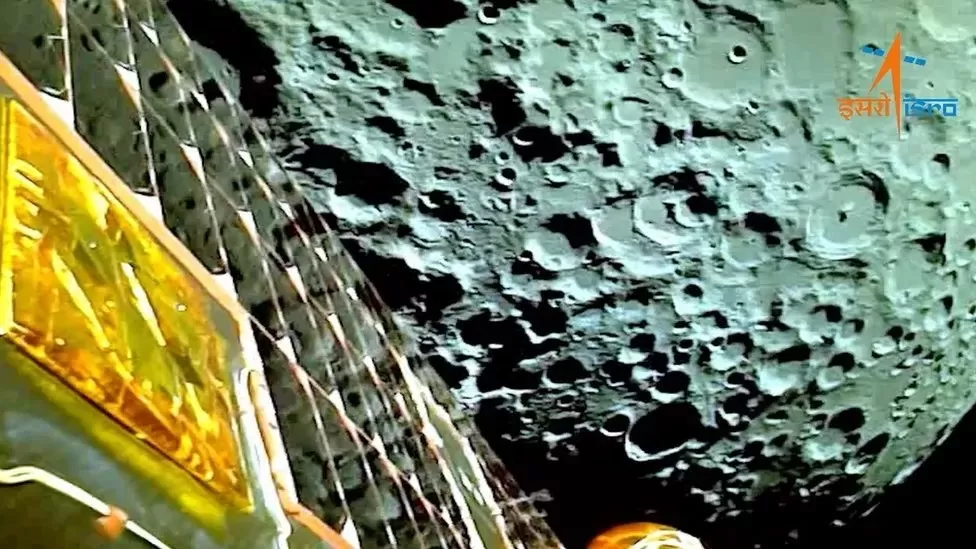Luna-25: The race to unravel the mysteries of Moon’s south pole

Shadows are cast by towering mountains as the sun lingers just above or below the horizon.
Darkness fills deep craters. For billions of years, some of these areas were shielded from the sun. Because the Moon has no atmosphere, temperatures drop to astonishing lows of -414F (-248C) in these regions. Until now, no human has stepped foot on this completely unexplored planet.
There is “mystery, science, and intrigue” at the Moon’s south pole, according to Nasa.
The Apollo landing sites are clustered around the equator, so it makes sense that there is a race to reach the south pole of the Moon.
In this week’s mission to the south pole, India will launch a robotic probe called Chandrayaan-3. (On Sunday, Russia’s Luna-25, which was expected to be the first to crash into the Moon, did so.) A joint Lunar Polar Exploration (Lupex) mission between India and Japan will explore the shadowed regions of the moon by 2026.
The south pole is emerging as a compelling scientific destination for a number of reasons. A key reason is water, according to scientists.
A Nasa spacecraft orbiting the Moon for 14 years has detected water ice in some of the large permanently shadowed craters that could potentially sustain humanity. Due to the vacuum on the Moon, water exists as a solid or vapour. The Chandrayaan-1 lunar mission was the first to detect water on the Moon in 2008.
The US University of Notre Dame’s Clive Neal, professor of planetary geology, said, “It has not yet been proven that water ice is accessible or mineable. In other words, can water be extracted economically?”
Water on the Moon would be exciting in many ways, according to scientists.
